Technology transforms at lightning speed, and software solutions must do more than just solve problems—they must solve them brilliantly, efficiently, and with exceptional user experience.
For developers, startup founders, and tech enthusiasts looking to navigate this dynamic landscape, understanding programming languages is no longer optional—it's a strategic advantage.
Whether you're beginning your programming journey or seeking to expand your technological toolkit, this comprehensive analysis of the top 16 programming languages can be handy to navigate the tech landscape.
We'll explore each language's key advantages, potential limitations, and strategic value for both software engineering learners and businesses.
Your roadmap to technological mastery starts here.
What is Programming Language?
A programming language is a structured, standardized communication system of words, symbols, and syntax that enables software engineers to craft precise instructions for computers.
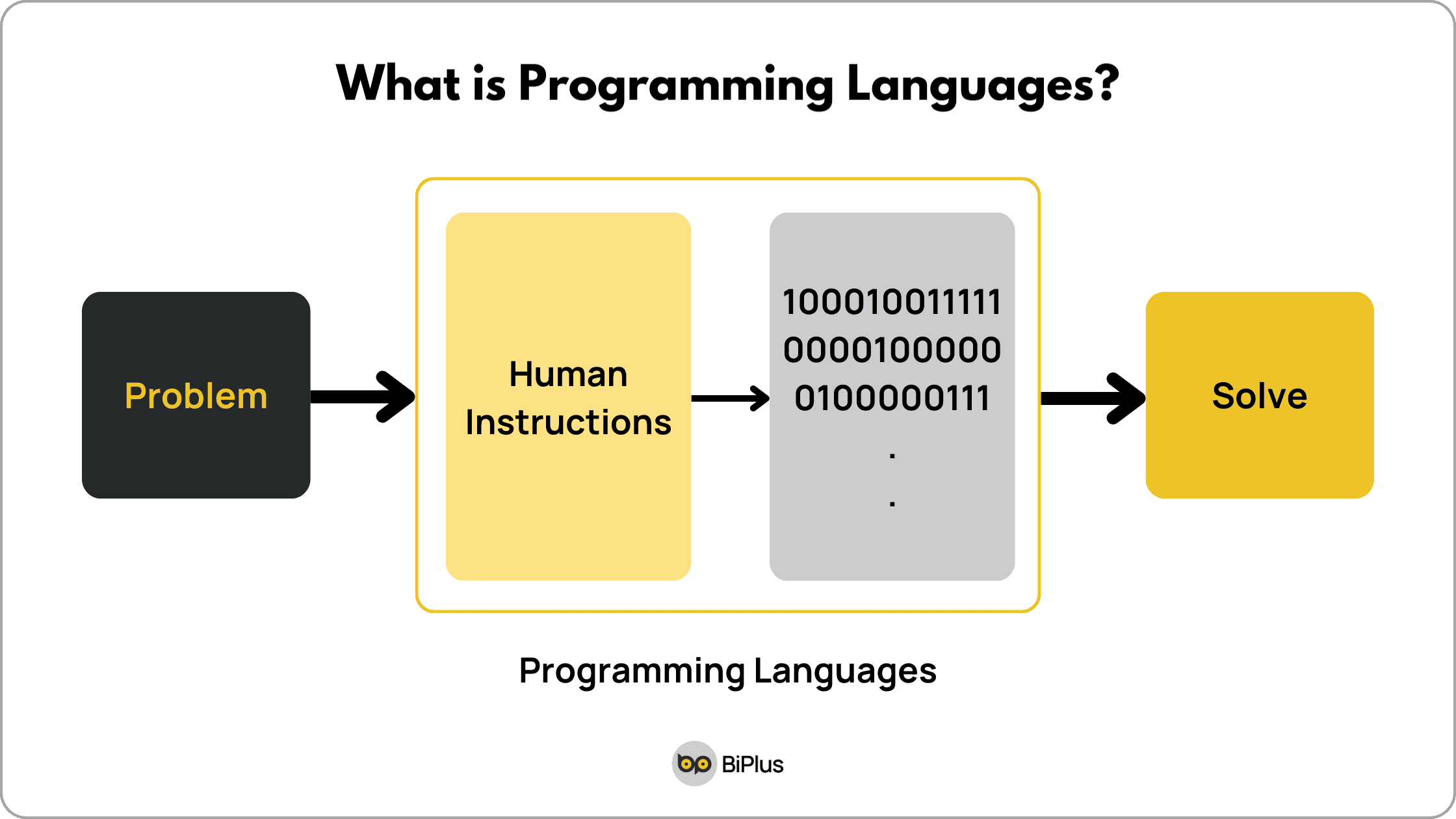
At its essence, a programming language is a specialized toolkit that allows developers to:
- Develop software applications with diverse functionalities and intuitive user interfaces.
- Design and implement complex algorithms across various computing environments.
While programming languages share fundamental computational logic, each language possesses unique characteristics. These distinctions emerge from different targeted use cases and specific technological ecosystems.
The complexity and variety of programming languages might prompt a natural question: Why do we need so many different languages instead of a universal solution?
Why do we need such varieties of programming languages?
The answer is definitely not “for fun”.
The programming languages represents a strategic response to the complex, multifaceted challenges of modern software engineering. In the real world, technological challenges are diverse, demanding specialized tools that can address specific computational requirements.
No single programming language can comprehensively address all technological needs. While some languages have evolved to be highly versatile, each still carries unique strengths and limitations.
The technological landscape requires linguistic diversity for several critical reasons:
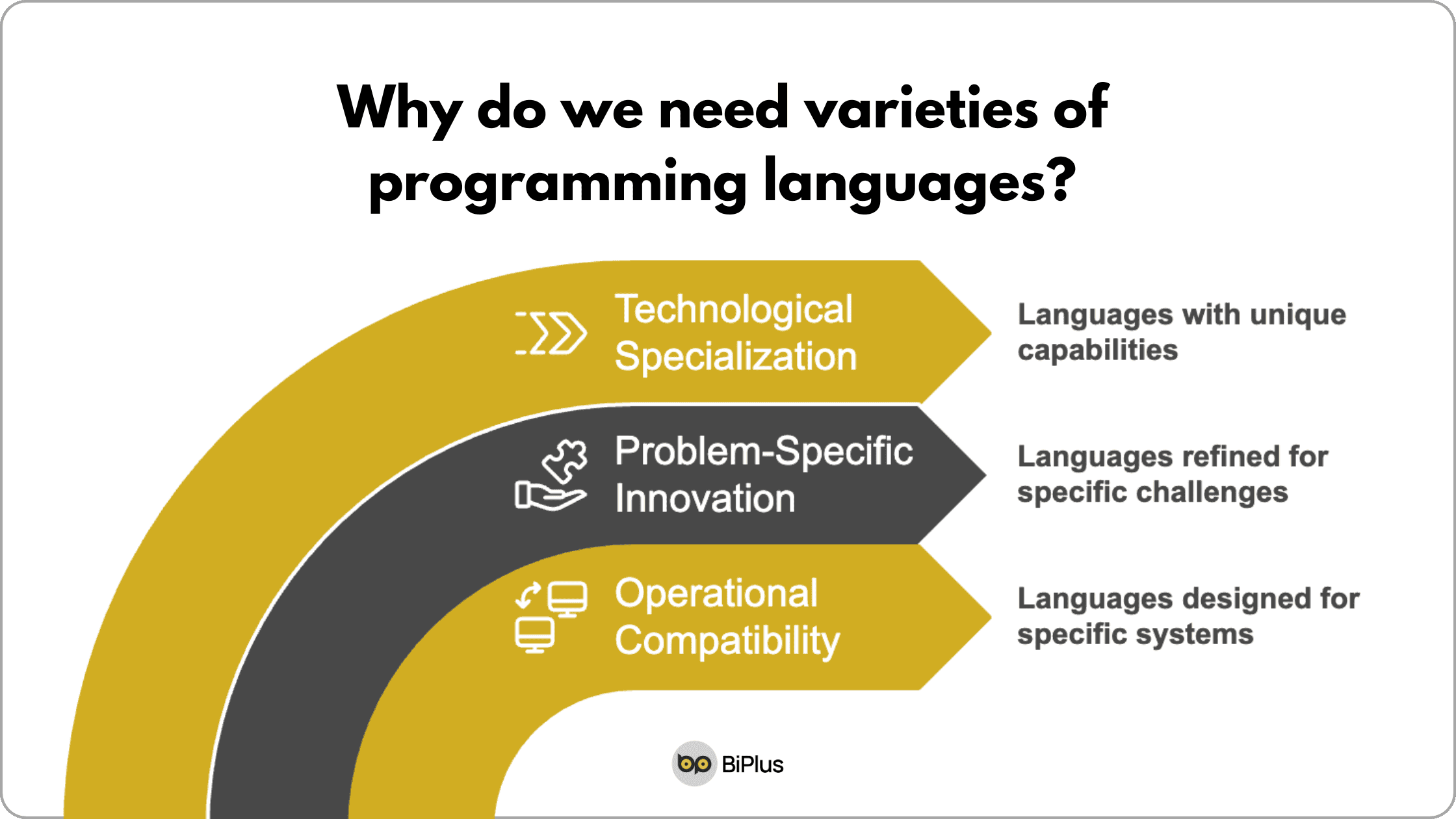
- Operational Compatibility: Some programming languages are specifically designed to work seamlessly with particular operating systems or machine architectures. When a standard language falls short, developers create variants that optimize performance and functionality for specific computing environments.
- Problem-Specific Innovation: Programming languages are refined to simplify complex coding processes, enhance performance, or introduce more intuitive approaches to solving specific challenges.
- Technological Specialization: Each system or technical domain requires language with unique capabilities and optimization strategies.
Programming languages are not just tools; they are the fundamental infrastructure of software engineering. They significantly influence a software's efficiency, performance, scalability, and overall usability. The choice of programming language can make the difference between a functional solution and an exceptional one.
Top 16 Programming Languages in 2025
1. Python
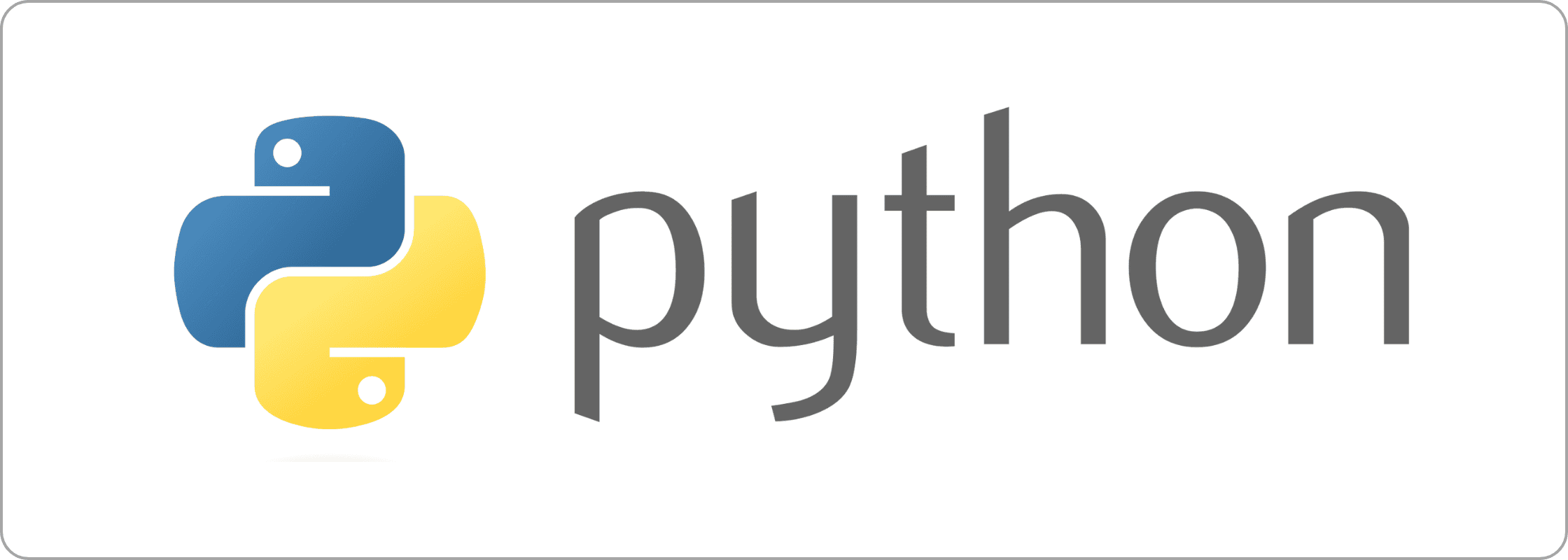
Python is a high-level, interpreted programming language known for its simplicity, readability, and versatility. Created by Guido van Rossum and first released in 1991, Python has evolved into one of the most popular programming languages globally.
Key Advantages for Software Engineering Learners
- Beginner-Friendly Syntax: Python's syntax closely resembles English, making it easy to learn and understand.
- Free and Open-Source: Python software is freely available for download and use.
- Cross-Platform Compatibility: Python seamlessly operates on Windows, macOS, Linux, and Unix operating systems.
- Robust Community Support: There is an extensive standard library and an active, supportive global Python community of developers.
Key advantages for Business and Professional Development
- Platform Flexibility: Python runs on diverse platforms and integrates smoothly with various system architectures.
- Efficient Coding: With fewer lines of code compared to other languages, coding process is leaner.
- Flexible integration: Python can easily combine with other popular languages like Java, C, and C++, ideal for large-scale, sophisticated software projects.
Want to leverage your business with Python Software?
Find more about hiring an Python Developers here
Potential Limitations
- Performance Constraints: Being an interpreted language, Python can be slower compared to compiled languages like C or C++.
- Global Interpreter Lock (GIL): Limits true multi-threading performance in CPU-bound tasks.
- Mobile Development Challenges: Less suitable for mobile application development compared to languages like Java or Swift.
Ideal Use Cases
- Data Science and Machine Learning.
- Web Development.
- Automation and Scripting.
- Scientific and Numerical Computing.
- Artificial Intelligence Projects.
2. HTML (HyperText Markup Language)
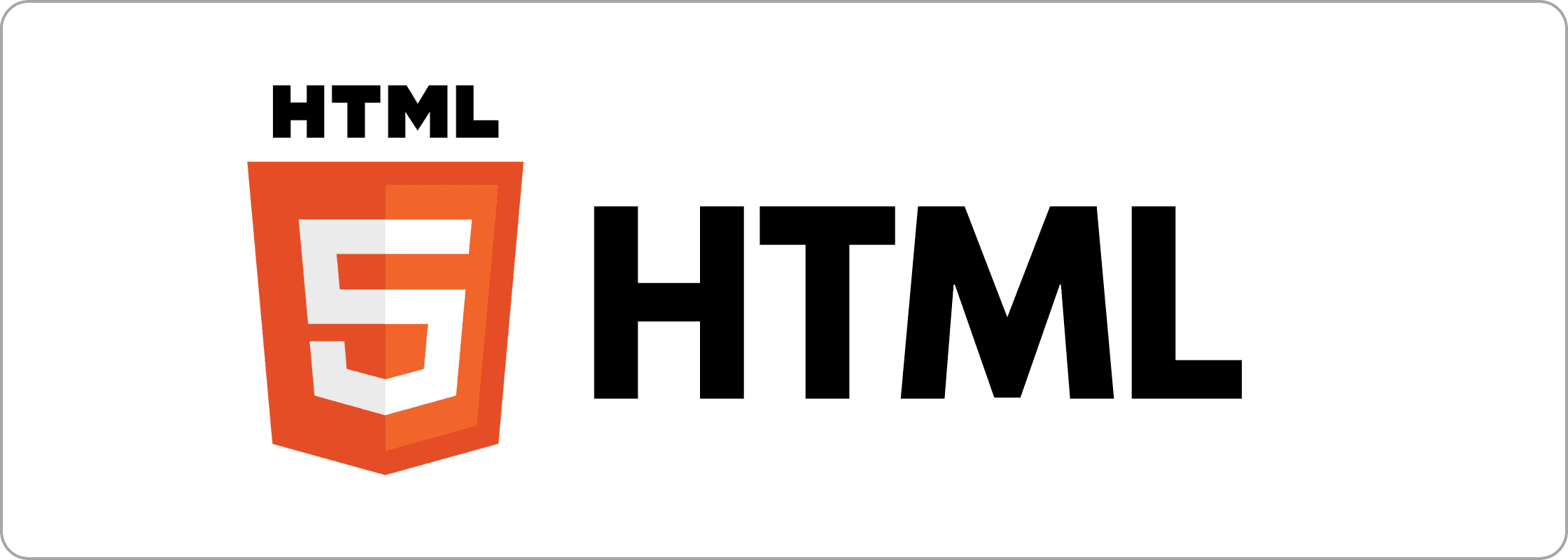
HTML is a fundamental markup language designed specifically for creating and structuring web pages. As the backbone of web content, it provides the essential framework for digital information presentation.
Key Advantages for Software Engineering Learners
- Open-Source and Free: Completely accessible for learners and professionals.
- Supportive Global Community: Extensive resources and learning materials available with a community of HTML users.
- Beginner-Friendly: Simple and intuitive syntax makes it easy to learn.
Key Advantages for Business and Professional Development
- Universal Browser Compatibility: Functions smoothly across most modern web browsers.
- Seamless Backend Integration: Easily works with languages like PHP and Node.js.
- Standardized by W3C: HTML follows the guideline and standards for an effective and inclusive website from The World Wide Web Consortium (W3C).
Potential Limitations
- Static Content Constraints: Limited to basic page structure.
- Lack of Code Reusability: Code lines on HTML are not reusable, so developers are required to create individual web pages manually.
- Browser Compatibility Challenges: Newer features may not display consistently across all browsers.
3. CSS (Cascading Style Sheets)
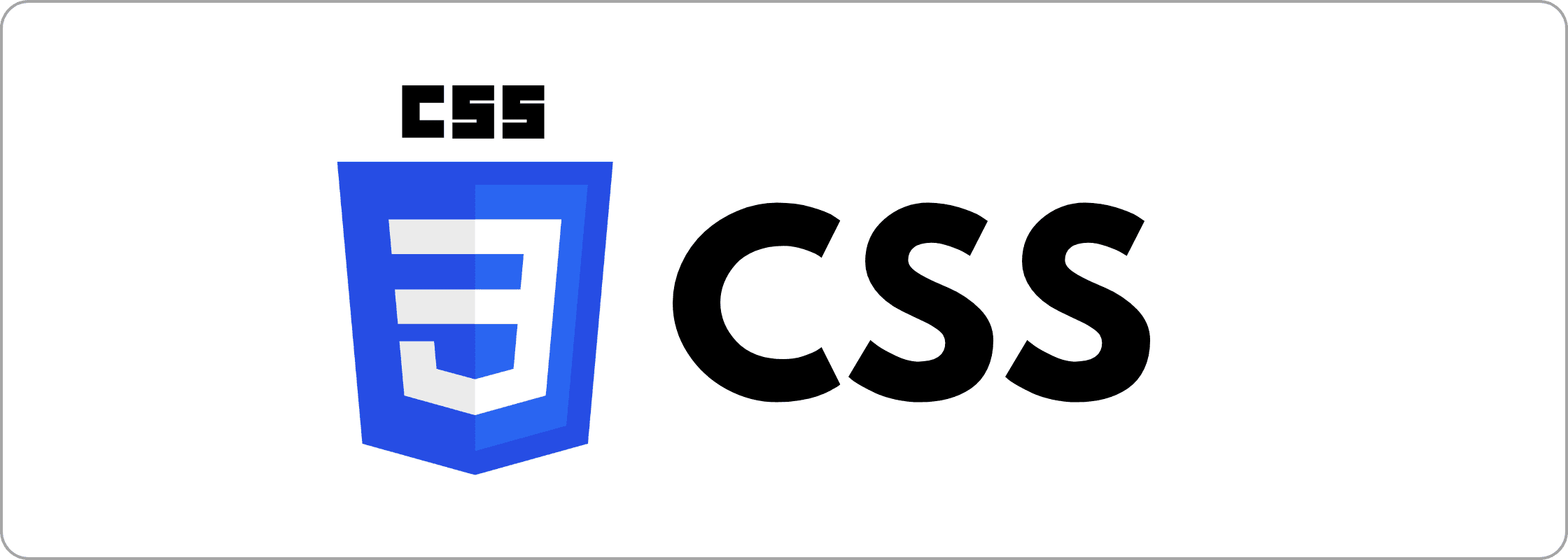
CSS emerged as a complementary technology to HTML, focusing on the visual presentation and styling of web documents. It separates design elements from structural content, enabling more flexible and efficient web design.
Key Advantages
- Enhanced Web Page Performance: Optimizes loading times and cross-device compatibility.
- Simplified Maintenance: Allows centralized styling, reducing complexity of web design.
- Design Consistency: Enables uniform appearance across multiple web pages.
Potential Limitations
- Browser Rendering Variations: Different browsers interpret CSS rules uniquely, creating some consistency.
- Learning Complexity: CSS is more challenging for beginners compared to HTML.
- Advanced Styling Requires Expertise: Sophisticated designs demand deep technical knowledge.
Synergy Between HTML and CSS
HTML provides the structural foundation of web pages, while CSS adds visual sophistication. Together, they form the core technologies for creating modern, responsive web experiences.
Ideal Use Cases
- Website Development.
- User Interface Design.
- Cross-Platform Web Applications.
- Responsive Web Design.
4. JavaScript
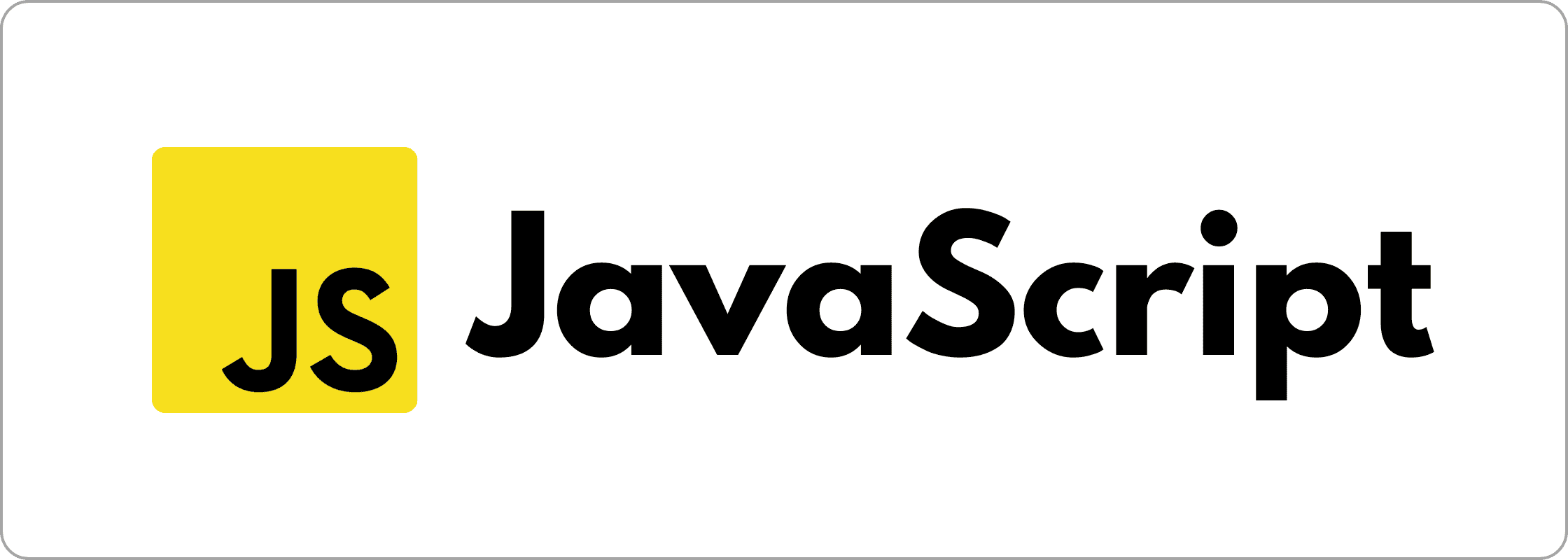
JavaScript is a versatile, high-level programming language that serves as a cornerstone of modern web development. As one of the three primary web programming languages, it enables dynamic, interactive web experiences by facilitating both client-side and server-side scripting.
Key Advantages
Enhanced User Experience
- Minimizes Server Load: Enables client-side input validation, reducing unnecessary server requests.
- Immediate Interactivity: Provides real-time user interface responses without page reloads.
- Rich Visual Capabilities: Supports diverse visual components and dynamic content rendering.
Technical Strengths
- Cross-Platform Compatibility: Works across multiple browsers and devices.
- Lightweight and Fast: Executes quickly with minimal processing overhead.
- Extensive Ecosystem: Supported by robust libraries and frameworks like React, Angular, and Vue.js.
Potential Limitations
Technical Constraints
- Security Restrictions: Limited access to client-side file systems.
- No Native Multithreading: Lacks direct support for complex parallel processing.
- Browser Inconsistencies: Potential rendering variations across different browsers.
Performance Considerations
- Single-Threaded Architecture: Can create performance bottlenecks in complex applications.
- Client-Side Execution Risks: Vulnerable to client-side manipulation and security exploits.
Ideal Use Cases
- Web Application Development.
- Interactive User Interfaces.
- Front-End and Full-Stack Web Development.
- Single Page Applications (SPAs).
- Browser-Based Games and Animations.
5. Java
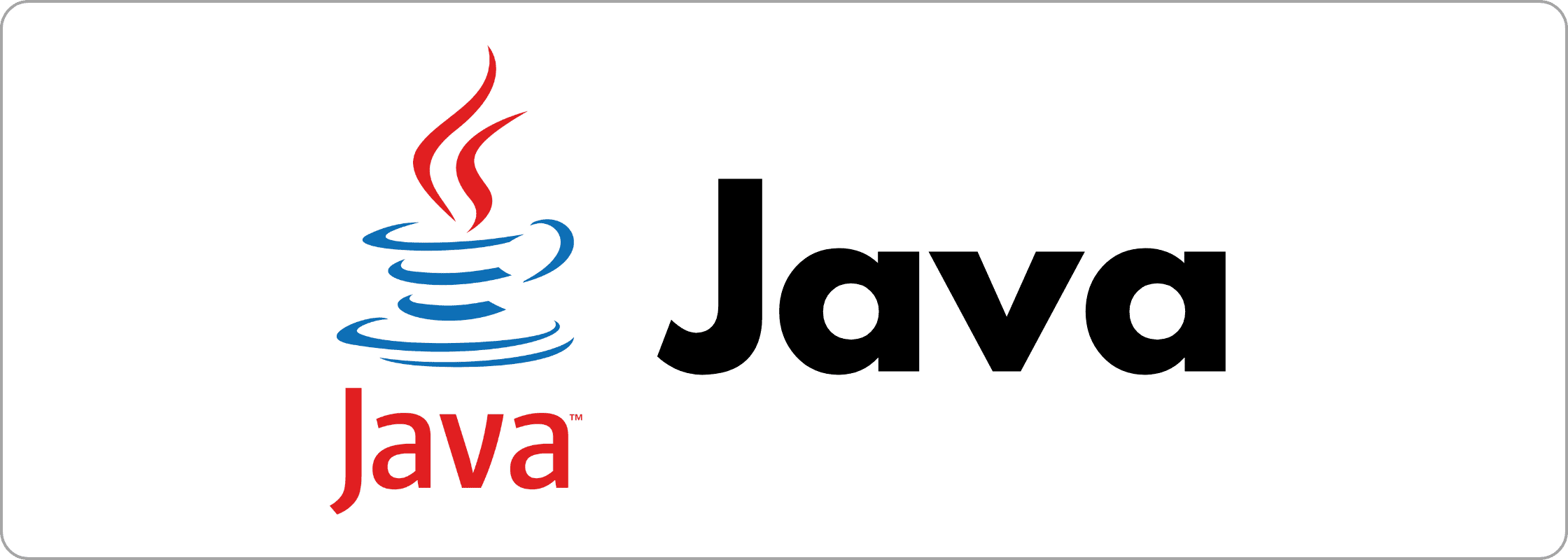
Java is a high-level, object-oriented programming language renowned for its robust security features and platform independence. Designed for distributed computing environments, Java embodies the principle of "write once, run anywhere", enabling developers to create versatile software solutions across different hardware and operating systems.
Key Advantages
Security and Reliability
- Advanced Security Mechanisms: Eliminates direct memory manipulation by avoiding pointers.
- Comprehensive Built-in Features: Includes robust capabilities like automatic garbage collection, exception handling, multithreading support.
- Platform Independence: Enables seamless code execution across diverse computing environments.
Technical Strengths
- Code Reusability: Promotes efficient software development through modular programming.
- Extensive Standard Libraries: Provides comprehensive tools for various programming needs.
- Strong Type Checking: Reduces runtime errors through compile-time type verification.
Discover Tips on hiring Java Developers with comprehensive overview of Java Developers global hiring market, and how much does it cost to hire a Java Developers.
Potential Limitations
Performance Challenges
- Performance Overhead: Can be slower compared to lower-level languages like C and C++.
- Resource Intensive: Requires significant memory and processing power.
- Complex Configuration: Potential performance issues with improper caching and process management.
Development Constraints
- Limited GUI Development Tools: Fewer native graphical interface generators.
- Verbose Coding Requirements: Often demands more complex, lengthy code for simple operations.
- Potential Deadlock Scenarios: Multithreading can introduce synchronization challenges.
Ideal Use Cases
- Enterprise Software Development.
- Android Mobile Applications.
- Web-Based Applications.
- Scientific and Financial Computing.
- Large-Scale Distributed Systems.
6. Ruby
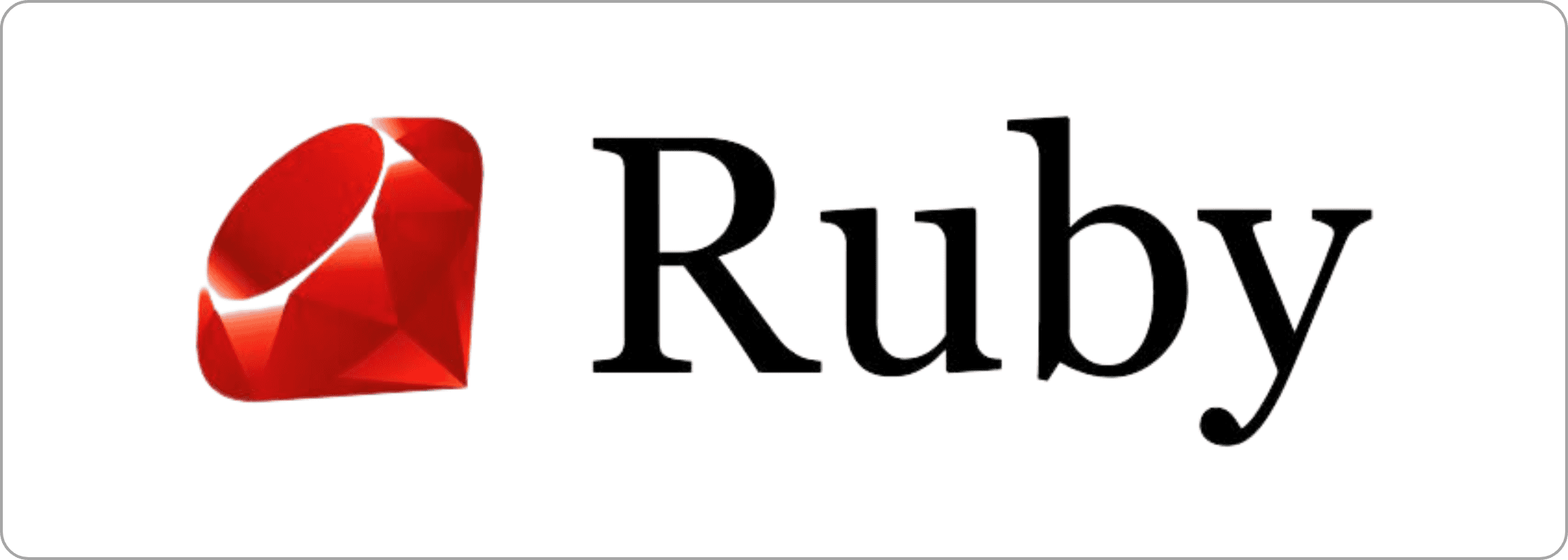
Ruby is a dynamic, object-oriented programming language widely recognized for its simplicity and flexibility in web and mobile application development. With its lean code structure, Ruby empowers programmers to create efficient and adaptable software solutions with ease.
Key Advantages
Key advantages for Software Engineering Learners
- Beginner-Friendly Learning Curve: Relatively easy to learn with growing demand in job markets.
- Open-Source Ecosystem: Expanding community and resources support continuous learning.
- Career Opportunities: Increasing relevance in software engineering positions.
Key Business and Professional Advantages
- Comprehensive Database Connectivity: Seamless integration with MySQL, DB2, Sybase, and Oracle.
- External Library Development: Enables programmers to create and utilize custom libraries.
- Enhanced Security: Built-in security features prioritizing data protection.
- Advanced Debugging: Powerful debugger capabilities to minimize potential errors.
Potential Limitations
- Complex Configuration: Despite a simple core structure, mastering Ruby's environment can be challenging.
- Syntactic Inconsistency: Flexibility in syntax can lead to management and readability difficulties.
- Performance Constraints: Relatively higher problem-solving time compared to other programming languages.
Ideal Use Cases
- Web Application Development.
- Mobile Application Creation.
- Scripting and Automation.
- Rapid Prototyping.
- Custom Software Solutions.
7. PHP
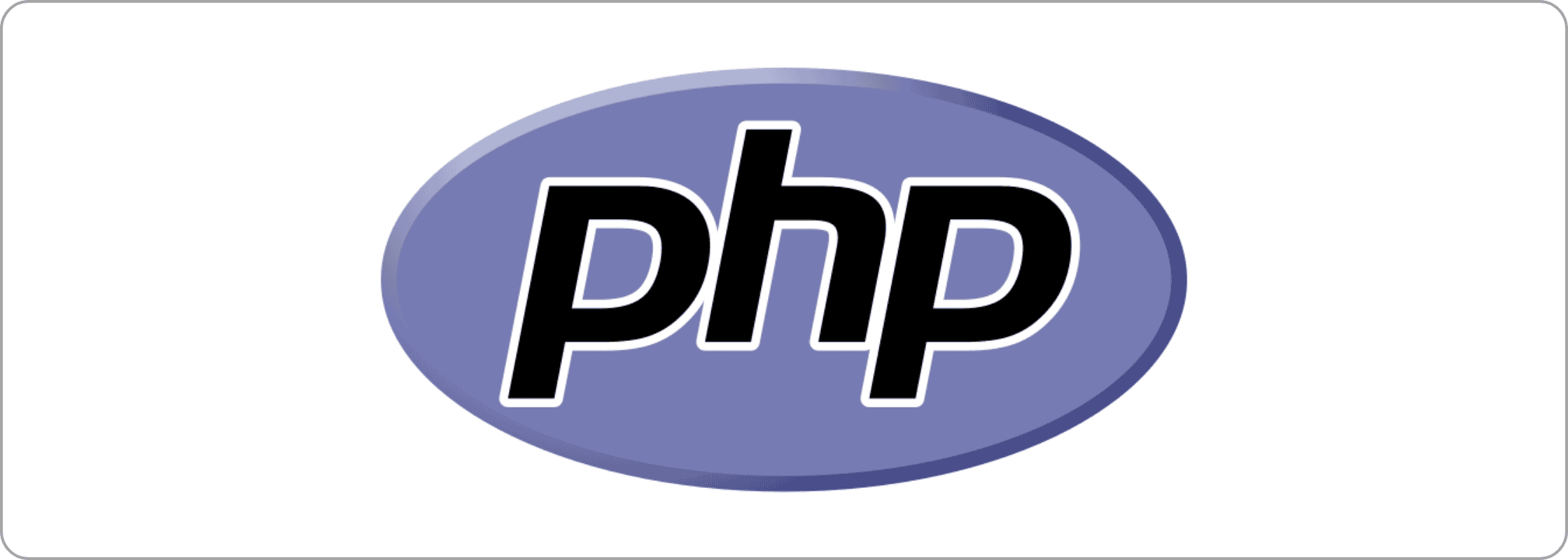
PHP (Hypertext Preprocessor) is a multi-purpose scripting language primarily designed for server-side web application development. Specializing in critical server-side functions, PHP enables developers to efficiently manage form data, interact with databases, and handle server-side file operations.
Key Advantages
- Web Server Compatibility: Widely supported across major web servers like Nginx and Apache.
- Advanced Security Features: Multi-layered security architecture ensuring stable and secure website operations.
- Platform Independence: Runs on various operating systems and platforms.
- Database Integration: Seamless connectivity with multiple database systems.
Potential Limitations
- Limited Application Range: Primarily confined to website and web application development.
- Compared to Java and C#, PHP has narrower technological applicability.
- Structural Complexity: Less organized code structure can complicate cross-referencing and maintenance.
Ideal Use Cases
- Website Development.
- Content Management Systems.
- E-commerce Platforms.
- Web Application Backend.
- Dynamic Web Page Creation.
8. SQL
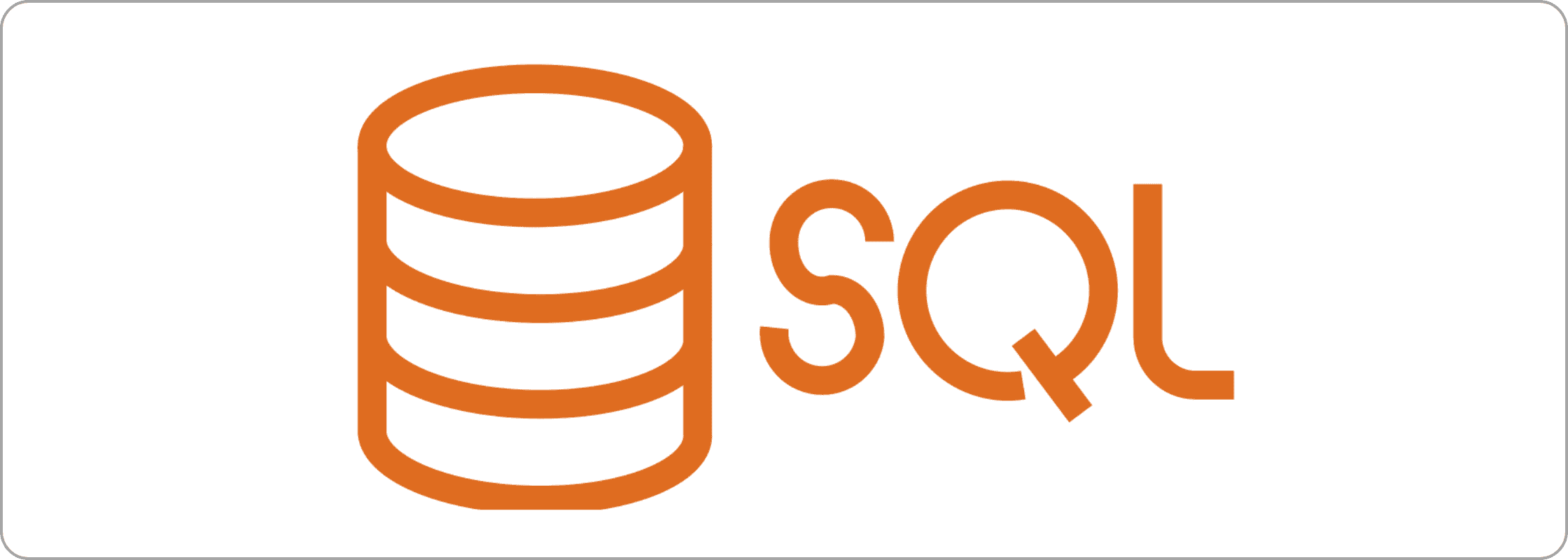
Structured Query Language (SQL) is a specialized programming language designed for managing and manipulating relational databases. It serves as a critical tool for efficient data management, enabling users to query, update, and interact with complex information systems across various platforms.
Key Advantages
Versatility and Accessibility
- Platform Independence: Supports data access across multiple devices and formats.
- Standardized Learning Curve: Beginner-friendly language with straightforward syntax.
- Universal Database Interaction: Enables comprehensive data manipulation without complex coding skills.
Technical Strengths
- Consistent Data Management: Provides standardized methods for database operations.
- Scalability: Supports both small and large-scale database systems.
- Powerful Query Capabilities: Allows complex data retrieval and analysis.
Potential Limitations
- Complex Interface: Despite easy-to-learn syntax, platform interfaces can be intricate.
- Cost Barriers: Some SQL versions require significant financial investment.
- Access Restrictions: Enterprise security protocols limit full database control.
Ideal Use Cases
- Database Management.
- Data Analysis.
- Business Intelligence.
- Enterprise Resource Planning.
- Financial and Customer Data Management.
9. C
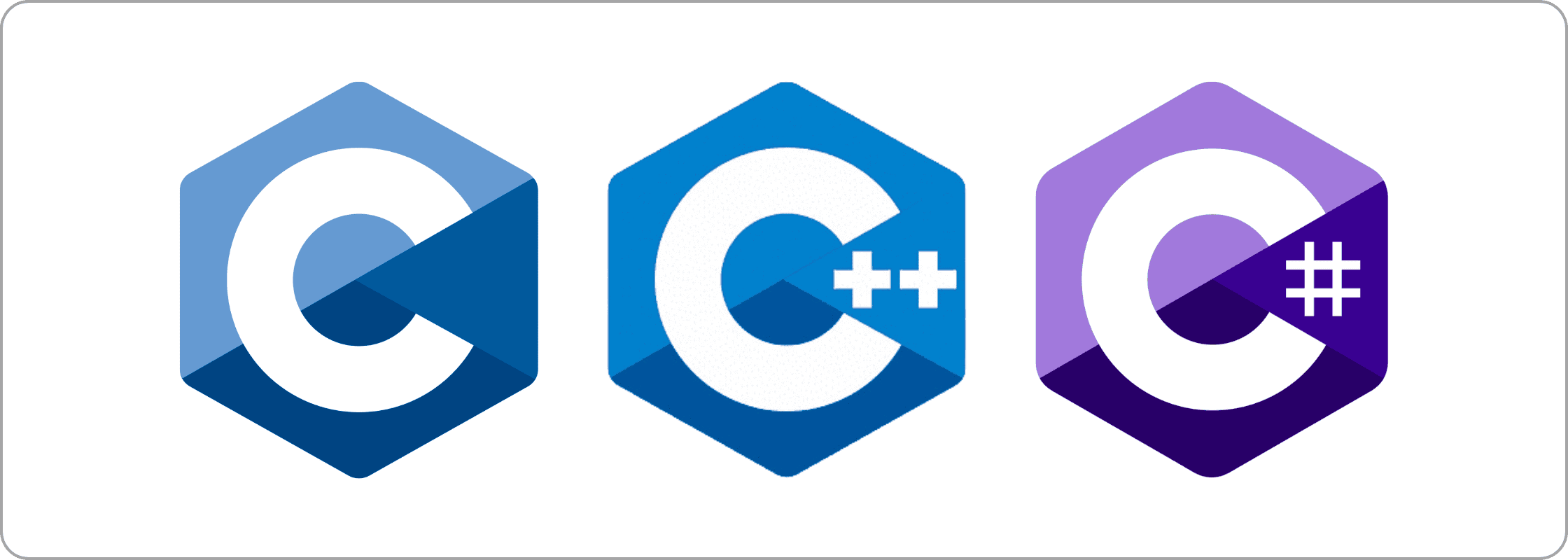
C is a foundational systems programming language widely regarded as the "mother language" of modern computing. Its influence extends across diverse technological domains, empowering systems like Windows to complex software applications including Oracle databases, Git version control, and Python interpreters.
Key Advantages
- Exceptional Compatibility: Supports applications across diverse computing environment, ranging from 8-bit microcontrollers to advanced 64-bit systems and supercomputers.
- Algorithmic Efficiency: Provides robust support for complex algorithmic implementations.
- Comprehensive Standard Library: Offers hundreds of functional tools, mathematical utilities, and system-level programming capabilities.
- Portability: Can be compiled on multiple platforms with minimal modifications.
Potential Limitations
- Fixed Array Sizes: Limited dynamic array resizing capabilities.
- Sequential Memory Allocation: Rigid memory byte arrangement.
- Performance Overhead: Time-consuming array element insertion and deletion processes.
Ideal Use Cases
- Operating System Development.
- Embedded Systems Programming.
- System Software.
- Performance-Critical Applications.
- Hardware-Level Programming.
10. C++
C++ is a powerful, multi-paradigm programming language developed as an extension of the C programming language. Recognized as a "hybrid" or middle-level language, C++ uniquely bridges low-level and high-level programming paradigms, combining the efficiency of systems programming with the flexibility of modern object-oriented design.
Key Advantages
Technical Capabilities
- Advanced Memory Management: Offers more flexible memory allocation compared to traditional C.
- Performance Optimization: Seamless interface between software and hardware systems, generating high-performance software with minimal hardware resource consumption.
Programming Flexibility
- Object-Oriented Programming (OOP) Support: Enables complex software design patterns.
- Direct Hardware Manipulation: Allows low-level system programming.
- Standard Template Library (STL): Provides robust, reusable programming components.
Potential Limitations
- Memory Management Complexity: Potential for memory overflow without strategic management.
- Object-Oriented Programming Intricacy: Complex and potentially confusing OOP implementation.
- Pointer Manipulation: Challenging and error-prone pointer usage.
Ideal Use Cases
- System Software Development.
- Game Development.
- High-Performance Applications.
- Embedded Systems.
- Real-Time Computing.
- Resource-Intensive Software Solutions.
11. C
C# (C Sharp) is a versatile, object-oriented programming language created by Microsoft. Strategically developed on the foundations of C++ and Java, C# represents a balanced approach to modern software development, combining the strengths of multiple programming paradigms.
Key Advantages
- Improved Pointer Handling: Enhanced memory management compared to predecessor languages.
- Strong Object-Oriented Programming Support with comprehensive Standard Library, robust Type Safety, and Integrated .NET Framework.
Potential Limitations
- Microsoft Dependency: Primarily optimized for Windows environments only with .NET Framework required.
- Performance Overhead: Slightly reduced performance compared to lower-level languages.
Ideal Use Cases
- Windows Desktop Applications.
- Enterprise Software Development.
- Game Development (Unity).
- Enterprise Resource Planning (ERP) Systems.
12. Swift
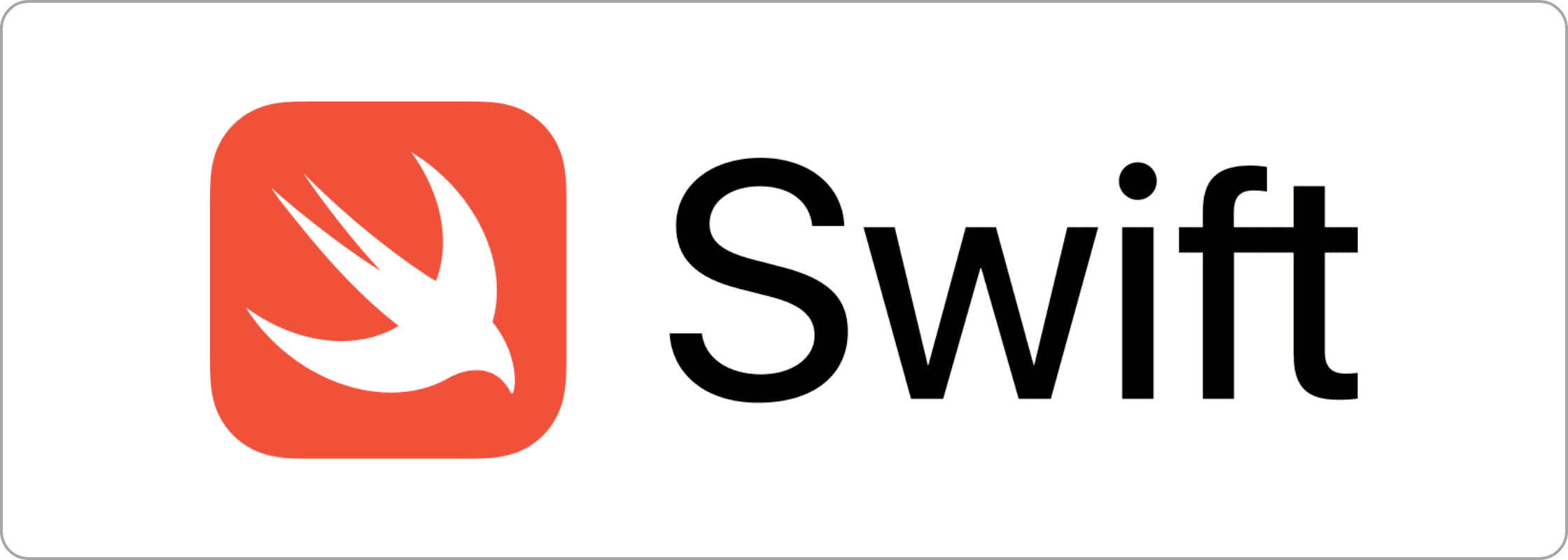
Swift, designed by Apple, is a multi-purpose programming language combining innovative features from multiple programming paradigms. Inspired by languages like Objective-C, Rust, Ruby, and Python, Swift represents a sophisticated approach to modern software development across mobile, desktop, and server environments.
Key Advantages
- Power Conservation: Reduces hardware wear through efficient processing.
- Compiler Performance: Accelerates program compilation and testing processes.
- Robust Type Safety: Minimizes potential runtime errors.
- Modern Language Features: Incorporates advanced programming concepts.
Potential Limitations
- Limited Community Resources: Relatively young ecosystem with fewer support forums.
- Platform Specificity: Primarily focused on Apple's technological ecosystem.
Ideal Use Cases
- iOS and macOS Application Development.
- Server-Side Programming.
- Cross-Platform Mobile Development.
- System Software.
- Enterprise Applications.
13. Go
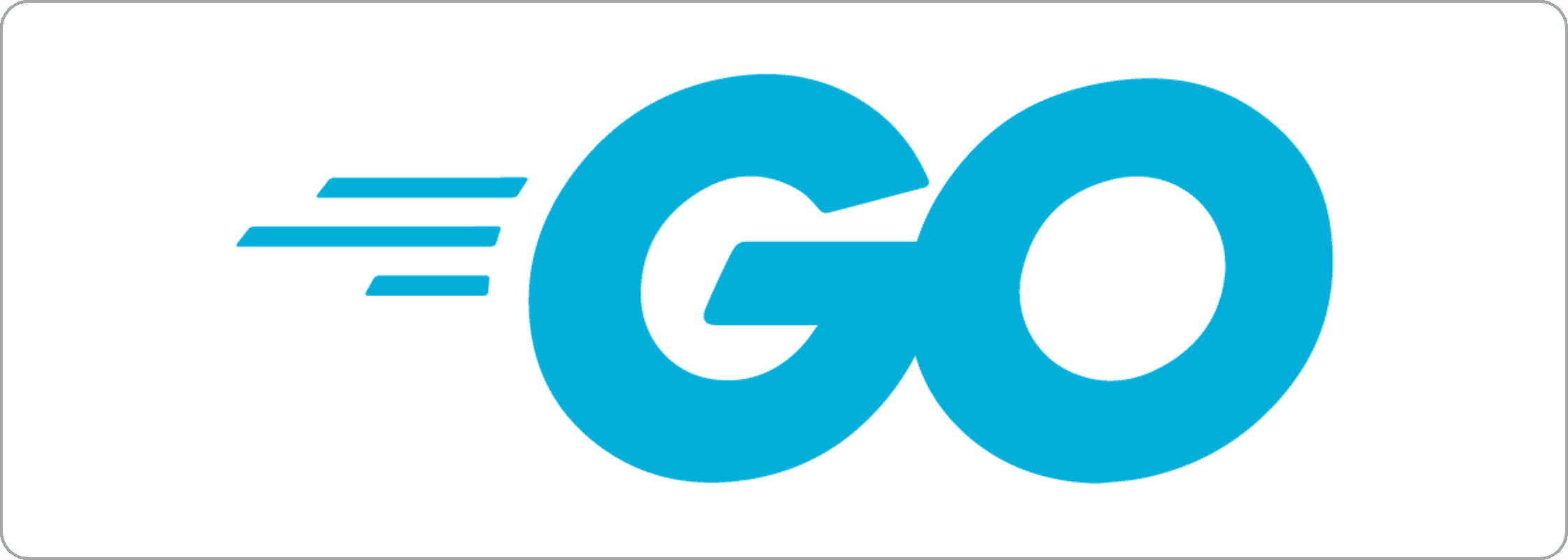
Designed with the principle of simplicity and efficiency, Go offers a clean syntax that appeals to developers while maintaining powerful programming capabilities. Its design draws inspiration from C, creating a familiar yet innovative programming experience.
Key Advantages
Learning and Accessibility
- Familiar Language Structure: Shares similarities with C, C++, and C# for easier transition.
- Comprehensive Standard Library: Provides clear, well-documented resources.
Technical Strengths
- Security-Focused Design: Constructed with high-security priorities.
- Efficient Compilation: Rapid development and execution processes.
- Excellent for Concurrent Programming: Built-in support for parallel processing.
Potential Limitations
- Limited Flexibility: Simplicity can constrain complex problem-solving approaches.
- Graphical User Interface (GUI) Constraints: Lacks native GUI library support.
Ideal Use Cases
- Cloud and Network Services.
- Distributed Systems.
- Microservices Architecture.
- DevOps and Infrastructure Tools.
14. Perl

Perl (Practical Extraction and Reporting Language) is a dynamic programming language that combines features from C++, shell scripts, awk, and sed. Renowned for its text manipulation capabilities and robust scripting abilities, Perl excels in command-line and system-level programming tasks.
Key Advantages
Technical Capabilities
- Specialized Object and Function Handling: Exceptional performance in specific procedural contexts.
- Extensive Module Ecosystem: Over 25,000 open-source modules available through CPAN.
- Versatile Integration Features: Seamless database connectivity, Unicode support, and Advanced linking and connection capabilities.
Development Strengths
- Powerful Text Processing: Advanced string manipulation and reporting capabilities.
- Dynamic Scripting: Supports complex scripting scenarios.
Potential Limitations
- Module Portability Issues: Limitations in CPAN module transferability.
- Code Complexity: Less clean code structure affecting performance.
- Limited Factor Availability: Fewer language-specific factors compared to other programming languages.
Ideal Use Cases
- Text Processing and Manipulation.
- System Administration Scripts.
- Automated Testing.
- Quick Prototype Development.
15. LISP
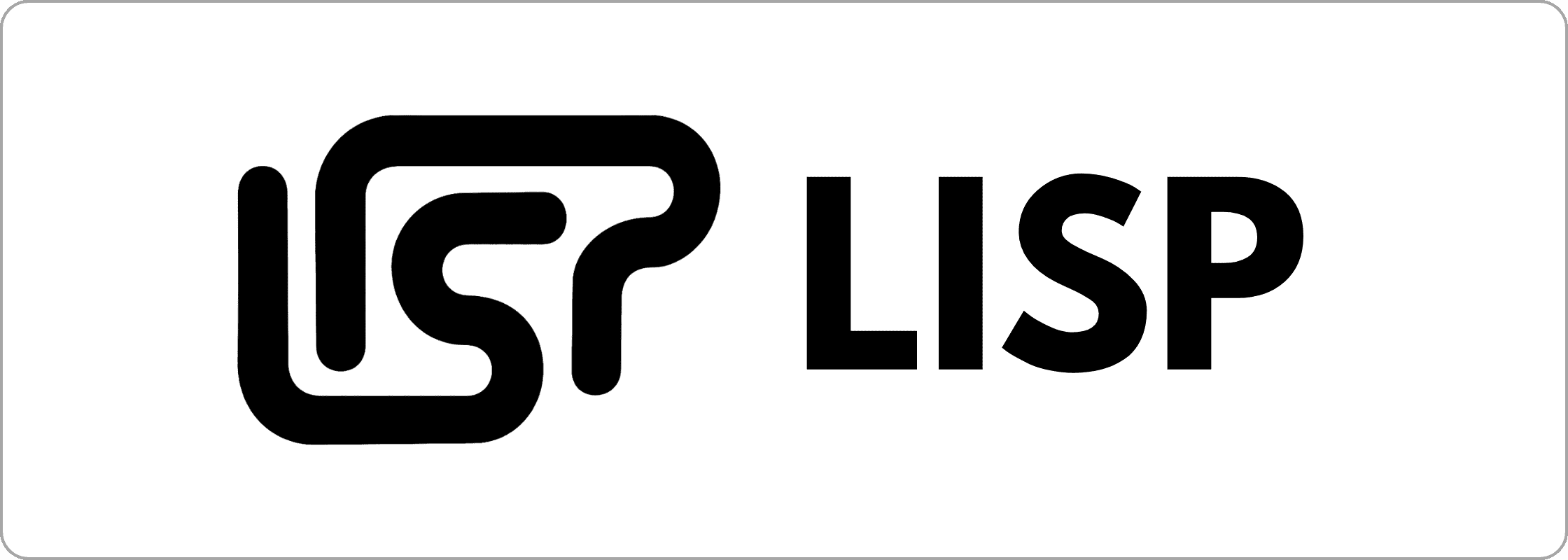
Lisp, short for List Processing, stands as one of the oldest programming languages, first developed in 1958. Recognized for its unique approach to programming, Lisp introduces a distinctive syntax centered around linked lists and functional programming paradigms.
Key Advantages
- Fundamental List Processing: Utilizes linked lists as its primary data structure.
- Functional Programming Approach: Emphasizes function-based computation.
- Powerful Abstraction Capabilities: Supports sophisticated computational modeling.
- Used in Artificial Intelligence Research: Historically significant in AI development.
Potential Limitations
- Unconventional Syntax: Heavy use of parentheses and prefix notation.
- Steep Learning Curve: Requires significant mental adjustment for developers.
- Limited Mainstream Adoption: Narrow practical application compared to modern languages.
Ideal Use Cases
- Artificial Intelligence Research.
- Symbolic Computation.
- Academic and Theoretical Computing.
16. MATLAB
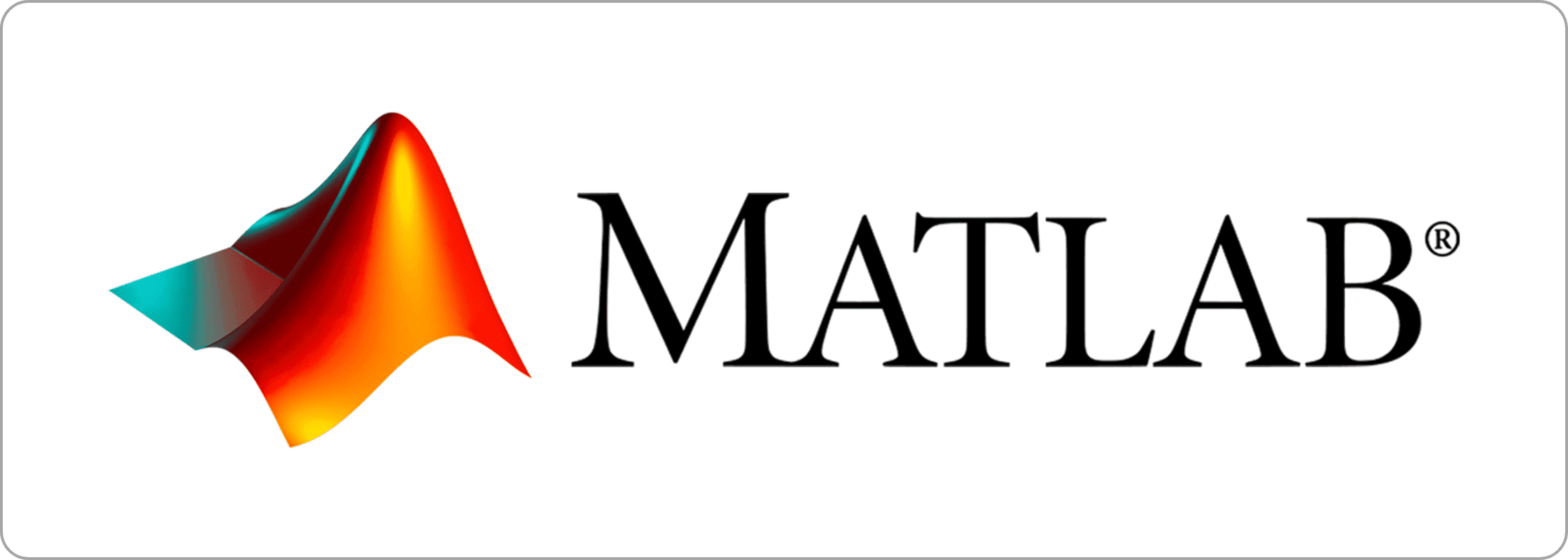
MATLAB, developed by MathWorks, is a high-level programming language designed for scientific computing, numerical analysis, and mathematical modeling. It provides powerful tools for engineers, scientists, and researchers to solve complex computational challenges efficiently.
Key Advantages
- Comprehensive Mathematical Capabilities: Enables advanced matrix operations, sophisticated graphing, complex numerical computations, and data visualization with intuitive, built-in mathematical functions.
- Versatile Interface Support: Offers robust development environment with graphical user interface (GUI) creation tools, seamless integration with other programming languages, and support for algorithm development and implementation.
Potential Limitations
- Performance Overhead: Interpreted language with slower execution compared to compiled languages like C or Fortran for computationally intensive tasks.
- Licensing Costs: Commercial software with significant expenses for professional and academic licenses, which can be prohibitive for individual users or small research teams.
Ideal Use Cases
- Scientific and Engineering Research.
- Academic and Research Environments.
- Industry-Specific Applications.
Key Takeaways
- Programming languages are the backbone of digital innovation, translating complex ideas into functional software.
- Different languages solve unique technological challenges across industries, each with distinct strengths and potential limitations.
Developer Hiring Series: What You'll Discover
- Understand how developers with specific programming languages can drive your business forward.
- 10 critical interview questions (with answers included) to evaluate developer expertise.
- Industry Hiring Landscape with comprehensive cost analysis for hiring developers.
Check out the series now here












